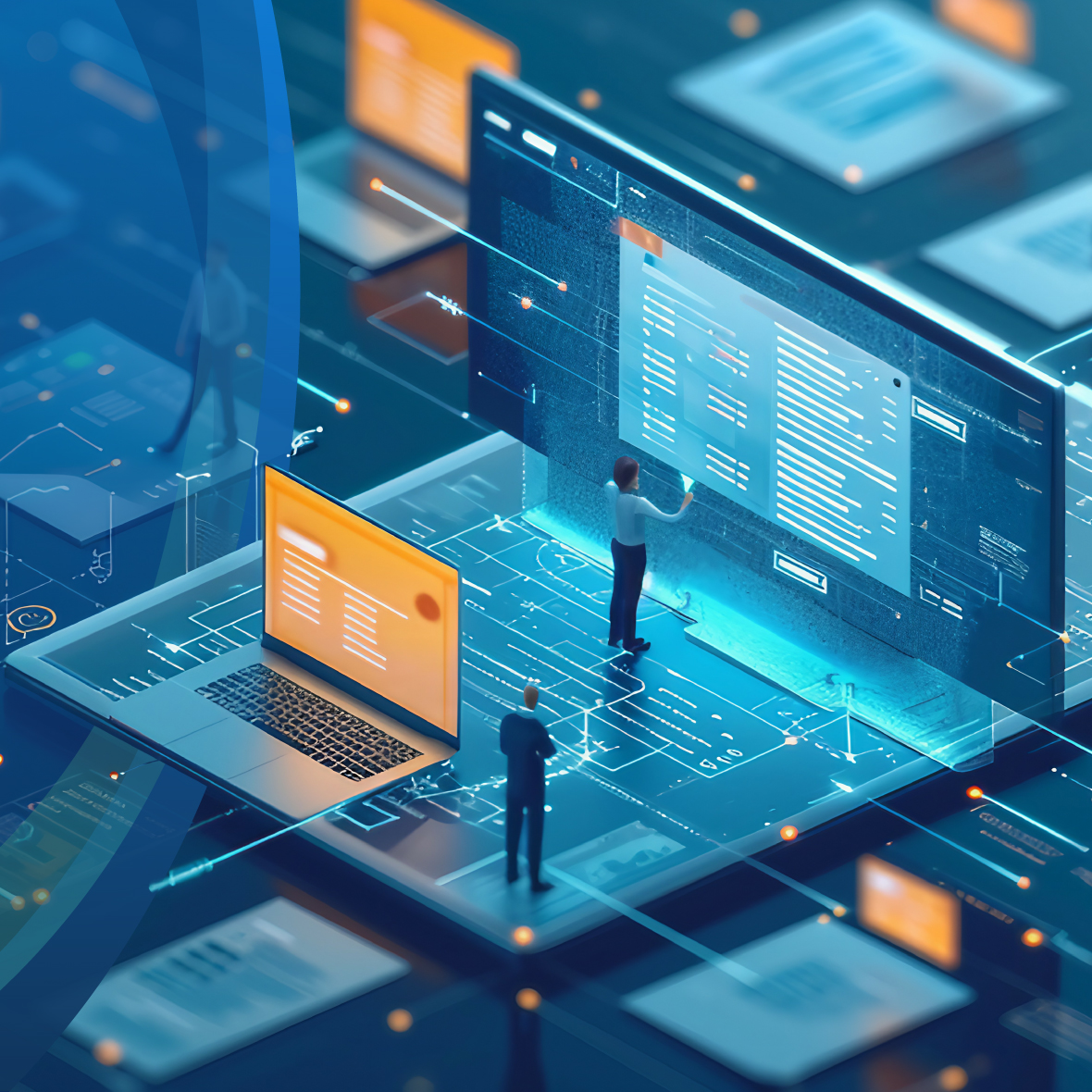Unlock the Potential of Digital Government: How Agencies Can Improve Citizen Access to Digital Services
Government agencies are embracing digital modernization to transform the delivery of public services and reimagine the constituent experience. Recent research shows that citizens have a clear preference for engaging with government through websites and mobile applications over in-person or telephone interactions, just as the experience in their everyday life as commercial consumers – creating a win-win for governments and constituents.
Whether applying for health insurance, filing a tax return, renewing a driver’s license, finding housing after a disaster or planning for retirement, citizens expect and appreciate always-on, self-service and frictionless access to government services. A study by McKinsey found that a digital-first public experience reduced the time citizens interact with public administration by 50%.
Digitizing government services also reduces the administrative burden on government workers. The same McKinsey study shows that agencies realize 60% less case-handling effort thanks to automated processing and management. This means less time is spent on repetitive tasks, which makes for more productive, happier employees who can redirect their attention to higher-priority tasks aimed at ensuring mission readiness and operational resiliency.
Digital Services are Mission-Critical, But Come with Complexity and Risk
However, none of these benefits can be realized without resilient and highly accessible technology powering public sector digital services. If individuals can’t readily access services online the moment they need them, the user experience suffers and agency credibility is undermined.
Government IT environments are complex, and ensuring continuous uptime of digital services, especially in hybrid cloud environments, isn’t easy. ITOps teams must overcome obstacles such as a lack of visibility across cloud and on-prem infrastructures, data silos and disparate monitoring tools in order to gain an understanding of the many components that go into delivering digital services – and how they are behaving.
For example, when an incident occurs, engineers face the daunting task of consolidating data from different environments, sifting through millions of logs to identify problem indicators and relying on their expertise to determine the problem. Unfortunately, this manual process can result in prolonged service outages, increased mean time to repair (MTTR) and unsatisfactory constituent experiences.
Always-On Services Requires Taking Hybrid Cloud Management to the Next Level
To address these challenges, agencies must adopt a service-centric approach aimed at enhancing operations and delivering the best citizen experience possible.
Going beyond simple monitoring, it involves applying AIOps combined with automation and human-friendly AI insights to give government ITOps teams better visibility, understanding and context around how IT success maps to mission success.
And that’s where ScienceLogic’s SL1 platform can help.
As agencies push forward with modernization and digital transformation efforts, SL1 delivers the functionality to enable better control and management of hybrid cloud environments.
With SL1, ITOps teams can eliminate visibility gaps and drive tool consolidation with a single platform. To minimize the risk of service disruption, SL1 observes the entirety of the IT estate, automatically correlating events from multiple sources for faster, more coordinated actions. It also applies machine learning (ML) log analysis for automated root cause analysis – 10x faster and with 95% accuracy – which means much faster MTTR (up to 60%) and reduced downtime.
SL1’s full range of functionality extends beyond analysis. It encompasses AI-driven automation actions aimed at enhancing staff efficiency, swiftly resolving issues, minimizing downtime, accelerating digital innovation and enhancing citizen experiences. As a result, Level 1 and 2 engineers are equipped to troubleshoot tasks that would normally necessitate Level 3 engineer intervention. This frees up the latter to focus on strategic mission initiatives without being bogged down by help desk escalations.
Operate and Align IT with Business Services
Crucially, SL1 provides contextualized insights so agencies can understand the relationship between IT operations and the digital business services it supports. What does this mean?
Put simply, stakeholders across various lines of business are not concerned with technical jargon like clouds, servers or storage arrays. What they care about is whether the constituent-facing website is operational or if service requests are being efficiently handled. ScienceLogic facilitates this understanding.
By providing insights at the service level, SL1 enables agency leaders to assess the health, availability and risk of services, allowing them to make informed decisions regarding IT investments to ensure SLAs are met. For example, if a critical business service faces a single point of failure, funds can be allocated to address the issue.
Optimize Hybrid Cloud Missions for Enhanced Service Delivery
The ScienceLogic SL1 platform is purpose-built to bolster agency missions within the hybrid cloud landscape. Whether it’s simplifying visibility across hybrid cloud environments, driving automation to boost IT efficiency or ensuring a service centric ITOps model, ScienceLogic empowers government organizations to enhance access to digital services while minimizing downtime.
Learn more about how you can manage your mission-critical services with the DoDIN-approved ScienceLogic SL1 platform.
 See ScienceLogic in actionTake a Tour
See ScienceLogic in actionTake a Tour Take Skylar One for a SpinStart Your Test Drive
Take Skylar One for a SpinStart Your Test Drive The Gartner® Magic Quadrant™ for Observability PlatformsRead the Report
The Gartner® Magic Quadrant™ for Observability PlatformsRead the Report The Forrester Wave™: AIOps Platforms, Q2 2025Access the Report
The Forrester Wave™: AIOps Platforms, Q2 2025Access the Report Future-Ready IT: Secure Migration, Faster Value, and Smarter OperationsWatch Now
Future-Ready IT: Secure Migration, Faster Value, and Smarter OperationsWatch Now
